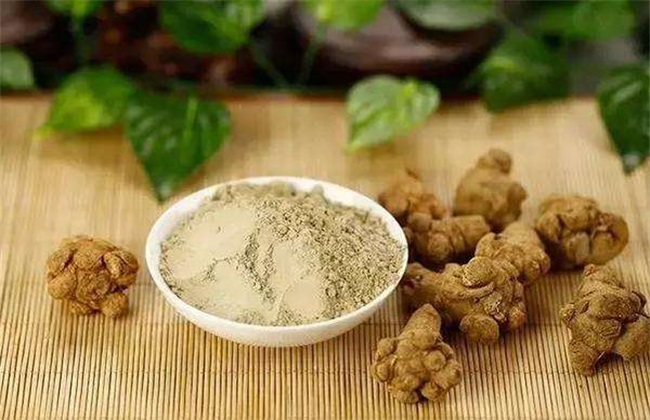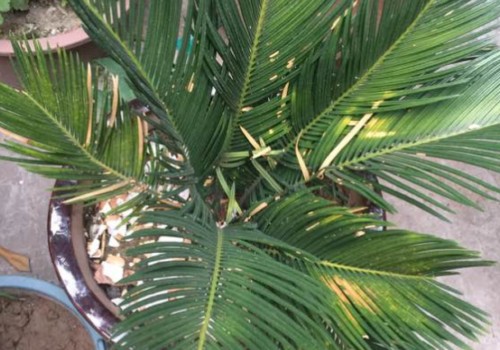Key points of field management of Panax notoginseng
Panax notoginseng is a very good traditional Chinese medicine in our country, which is mainly used in the root, and has various effects such as promoting blood circulation and removing blood stasis, reducing swelling and relieving pain. Although it has a vast wild area, but in order to meet the market demand, the area of artificial planting is also getting larger and larger. When planting Panax notoginseng, field management is very important. So the editor brings you the field management technology of Panax notoginseng planting today. Let's take a look at it.

1. Ploughing and weeding
Weeds have a great impact on the growth of Panax notoginseng. When planting Panax notoginseng, the first thing we should do well is the work of ploughing and weeding. When weeds are found in the field, they should be pulled out in time to prevent the growth of Panax notoginseng from grabbing nutrition and water. But it should be noted that because the distribution of the roots of Panax notoginseng is relatively shallow, we should pay attention to prevent damage to the roots when weeding. If the root is exposed, the soil should be covered in time to ensure the growth of the root. Then do a good job of ploughing, improve the permeability of the soil, enhance the growth ability of Panax notoginseng, and ensure the normal growth of Panax notoginseng.
2. Set up a shade shed
Panax notoginseng is very sensitive to sunlight, so we should pay attention to the construction of shade canopy when planting. The height of the shade is controlled at about 1.5 meters, and cover things such as curtains or straw on the roof. The shade can be appropriately reduced in spring and autumn every year, and the transmittance can be controlled at about 50%. With the growth of Panax notoginseng, the transmittance is adjusted reasonably. The Panax notoginseng plants of 3-4 years or so cry until the light transmittance, increase the yield, promote the root expansion and enhance the disease resistance of Panax notoginseng plants.
3. Water and fertilizer management
In the sprouting and flowering period of Panax notoginseng, if it is dry, it should be watered in time to ensure that the soil is moist and promote the growth of Panax notoginseng. However, when there is much water in the rainy season, we also need to ensure that we do a good job of drainage and reduce the soil water content in time after the rain to prevent stagnant water from rotting the roots. When Panax notoginseng enters the peak growth period, we should pay attention to the reasonable topdressing of nitrogen fertilizer. According to the growth situation and soil fertility of Panax notoginseng, the corresponding fertilizer should be applied reasonably to meet the nutritional needs of Panax notoginseng and promote the growth of Panax notoginseng.
4. Pest control
Diseases and insect pests do great harm to Panax notoginseng. When planting Panax notoginseng, we must fully understand all kinds of common diseases and insect pests of Panax notoginseng. For example, various diseases such as blight and root rot will cause different harm to Panax notoginseng. Therefore, when we plant, we must always observe the growth of Panax notoginseng. Understand the symptoms of various diseases and insect pests, quickly know the specific situation when the disease occurs, and then make corresponding prevention and control measures. Then is to rational use of drugs, can not be carried out blindly, to avoid causing Panax notoginseng drug damage.
The above is a brief introduction to the main points of field management of Panax notoginseng. The management of Panax notoginseng is very important, so we must not ignore it. That's all for today's introduction. This article is for reference only. I hope it can help you all.
- Prev

Can you cut off the yellowing leaves of the iron tree?
Many potted friends like to plant iron trees in pots, not only because they look beautiful and give people a positive spirit, but also because they can decorate and beautify the environment and space. But the most important thing is that it is easy to raise, and we can usually raise it well without spending too much time and energy.
- Next

Attention should be paid to "two suitability and two essentials" in topdressing of edible fungi and identification of diseases of edible fungi.
Pay attention to "two suitability and two essentials" for topdressing of edible fungi
Related
- Fuxing push coffee new agricultural production and marketing class: lack of small-scale processing plants
- Jujube rice field leisure farm deep ploughing Yilan for five years to create a space for organic food and play
- Nongyu Farm-A trial of organic papaya for brave women with advanced technology
- Four points for attention in the prevention and control of diseases and insect pests of edible fungi
- How to add nutrient solution to Edible Fungi
- Is there any good way to control edible fungus mites?
- Open Inoculation Technology of Edible Fungi
- Is there any clever way to use fertilizer for edible fungus in winter?
- What agents are used to kill the pathogens of edible fungi in the mushroom shed?
- Rapid drying of Edible Fungi

